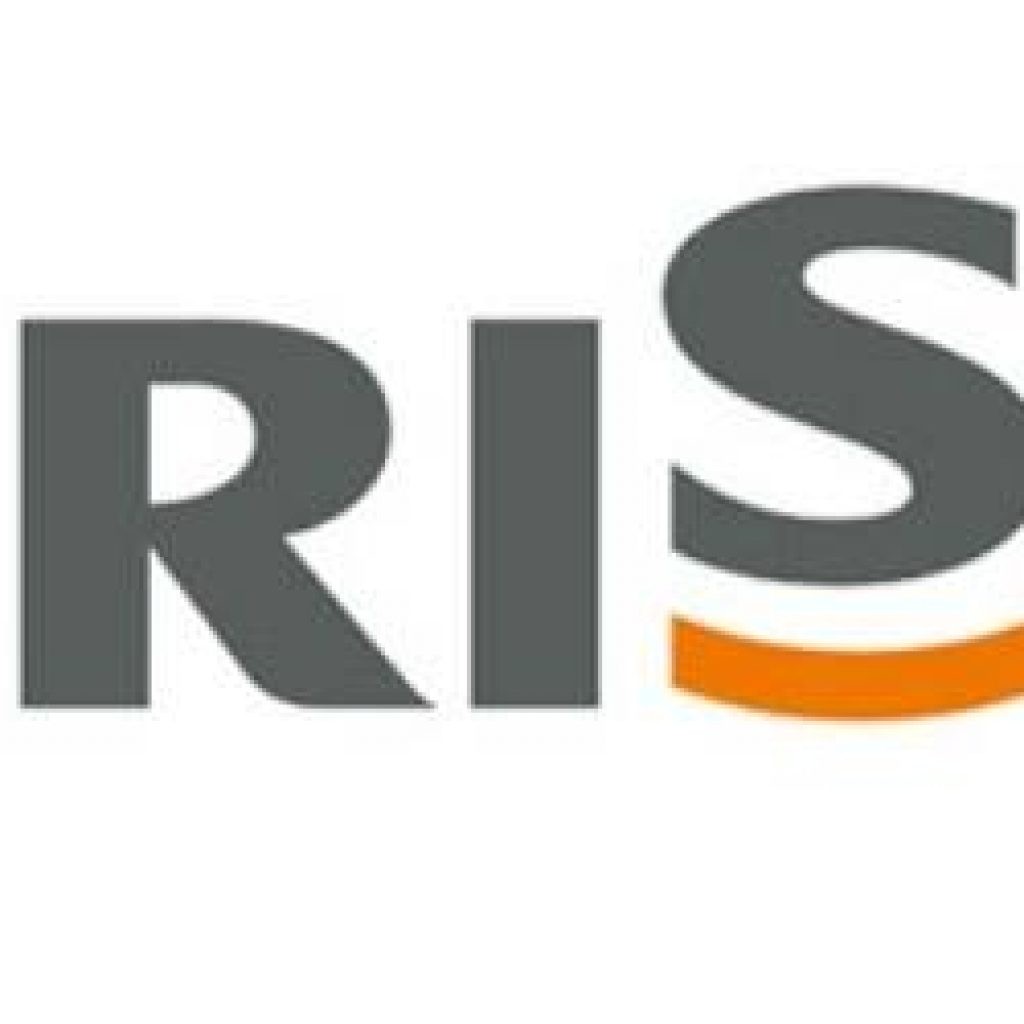(FibreSystems) The prospect of full quantum networks exploiting entangled photons is drawing closer with efforts from researchers such Hee Su Park from the Korea Research Institute of Standards and Science (KRISS).
From 2005 to 2010, Park built up a quantum optics lab to develop measurement techniques for quantum information technologies. He wanted to find out to what extent optical fibres guiding multiple spatial modes can be used for quantum communications. Quantum networks encourage ‘collaboration by scientists in diverse fields, and surely inspire a lot of novel and interesting ideas,’ Park explained.
findings from scientists like Park are already suggesting ways in which quantum networks could be integrated with fibre networks. Experimental approaches previously used different wavelengths of light and different types of fibre to the predominantly single-mode, single core fibre infrastructure that today underlies the internet. But, new methods increase the chances that quantum networks might integrate with existing systems. It may be at least 20 years until that becomes a reality – but findings are already being published that put the process in motion.
Park stressed how important high-dimensional entanglement could be in quantum networks. ‘By transferring the quantum state of entangled photons to the qubits of quantum computers, two physically separated quantum processors can be, in principle, connected by entanglement to build a distributed quantum computer,’ he explained.
‘High-dimensional encoding helps us to increase the amount of quantum links that can be generated by single photons. Of course there are a huge lot of technical challenges regarding connection between different types of qubits and long-distance transmission of photons.
A comprehensive survey, the article also includes descriptions of the work of other scientists: 1) Caspar van der Wal’s group at the University of Groningen is one of several teams developing semiconductor-based qubits that could simplify such transductions; 2) Wolfgang Loeffler’s team, at Leiden University in the Netherlands;3) Andrew Forbes from the University of the Witswatersrand in Johannesburg, South Africa, groups the ways quantum communication experiments entangle photons into two extremes; 4) Research at Delſt University in the Netherlands that is already building quantum networks based on NV centres in diamonds,
Progress Being Made On Quantum Entanglement Methods that Work in Mainstream Telecom Wavelengths
